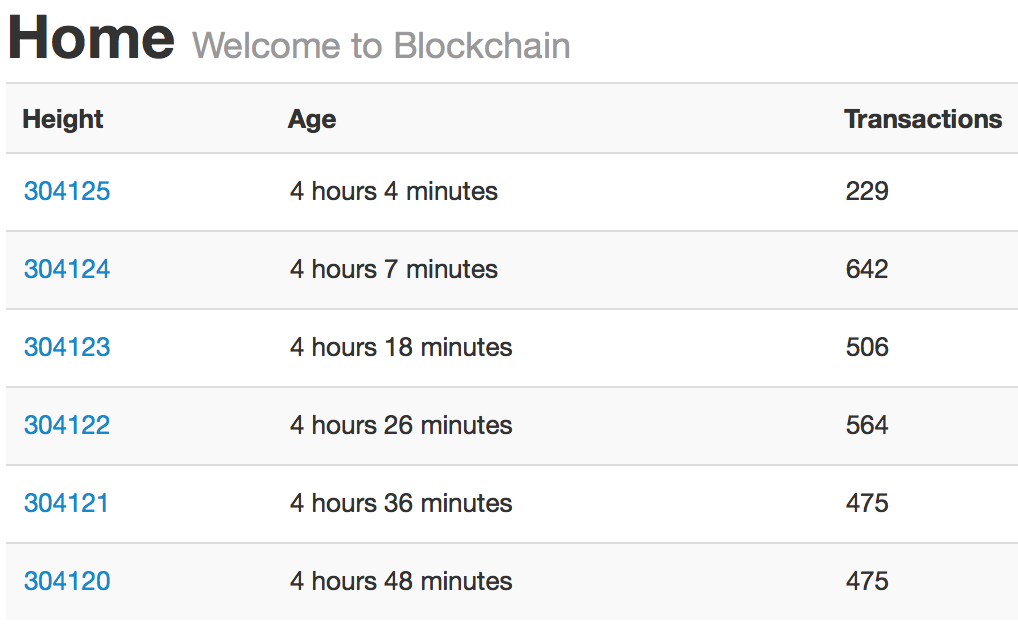
Exploring the Dynamics of HTTPS Blockchain: A Comprehensive Guide
In today’s rapidly evolving digital landscape, understanding the intricacies of blockchain technology is essential. From its inception, blockchain has revolutionized various industries, offering unparalleled security, transparency, and decentralization. One crucial aspect of blockchain technology is its integration with HTTPS (Hypertext Transfer Protocol Secure), the protocol used for secure communication over a computer network. In this article, we delve deep into the dynamics of HTTPS blockchain, exploring its fundamentals, applications, and implications for the future.
Understanding HTTPS and Blockchain Integration
HTTPS, the secure version of HTTP, encrypts data transmitted between a user’s browser and the website they are visiting, ensuring privacy and security. Blockchain, on the other hand, is a decentralized ledger technology that records transactions across multiple computers in a secure and tamper-resistant manner. The integration of HTTPS with blockchain adds an extra layer of security to transactions, enhancing trust and reliability.
Enhancing Security Measures with HTTPS Blockchain
One of the primary benefits of integrating HTTPS with blockchain is enhanced security. By encrypting data transmission and leveraging blockchain’s immutable nature, organizations can ensure the integrity and confidentiality of sensitive information. This is particularly crucial in industries such as finance, healthcare, and supply chain management, where data security is paramount.
Exploring Applications Across Industries
The integration of HTTPS blockchain has far-reaching implications across various industries. In finance, blockchain-powered HTTPS can facilitate secure and transparent transactions, reducing fraud and minimizing the risk of data breaches. In healthcare, it can revolutionize patient data management, ensuring the privacy and integrity of medical records. Similarly, in supply chain management, HTTPS blockchain can enable end-to-end visibility and traceability, enhancing efficiency and accountability.
Navigating Regulatory and Compliance Challenges
While HTTPS blockchain offers numerous benefits, navigating regulatory and compliance challenges is essential. Organizations must ensure compliance with data protection regulations such as GDPR (General Data Protection Regulation) and HIPAA (Health Insurance Portability and Accountability Act) when implementing HTTPS blockchain solutions. Additionally, addressing legal and regulatory concerns related to smart contracts and digital identities is crucial for widespread adoption.
Overcoming Scalability and Performance Issues
Scalability and performance are significant considerations when implementing HTTPS blockchain solutions. As blockchain networks grow in size and complexity, ensuring scalability without compromising performance becomes increasingly challenging. Techniques such as sharding, off-chain scaling solutions, and optimization algorithms can help mitigate scalability issues and enhance network performance.
Leveraging Smart Contracts for Automation
Smart contracts, self-executing contracts with the terms of the agreement directly written into code, play a pivotal role in HTTPS blockchain applications. By automating contract execution and enforcement, smart contracts streamline business processes, reduce operational costs, and minimize the risk of fraud. From supply chain management to real estate transactions, the potential applications of smart contracts are limitless.
Exploring the Future of HTTPS Blockchain
As HTTPS blockchain continues to evolve, its potential to transform industries and revolutionize digital transactions is immense. From secure peer-to-peer payments to decentralized identity management, the possibilities are endless. However, realizing this potential requires collaboration between technology innovators, policymakers, and industry stakeholders to address technical, regulatory, and ethical challenges.
Conclusion
In conclusion, HTTPS blockchain represents a paradigm shift in the way we transact and interact online. By combining the security of HTTPS with the transparency and immutability of blockchain, organizations can enhance trust, streamline operations, and unlock new opportunities for innovation. As we navigate the complexities of this emerging technology, one thing is clear: the future of HTTPS blockchain is bright and full of potential. Read more about https blockchain info
